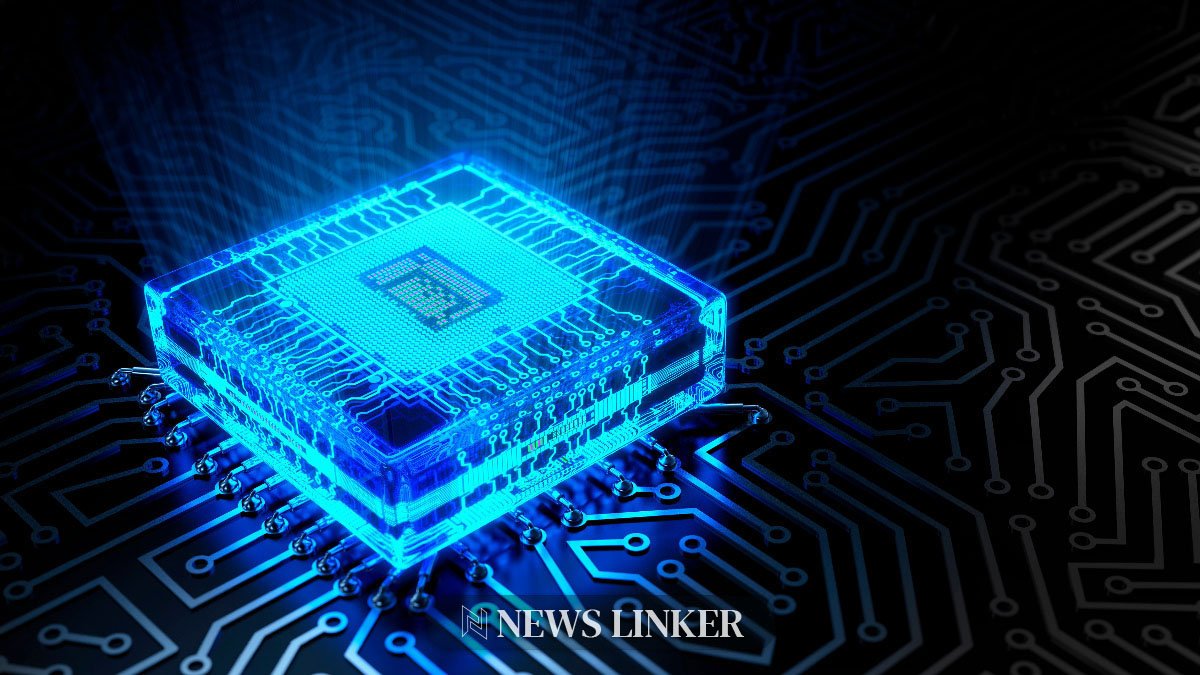In a striking turn of events during the recent earnings call, Intel‘s CEO, Pat Gelsinger, projected an ambitious future with the announcement of Panther Lake, a microprocessor set to launch in mid-2025. Promising unprecedented performance, this new technology aims to set a higher benchmark in the CPU industry, underscoring Intel’s commitment to reclaiming its market leader status. The anticipation surrounding Panther Lake is not just about raw power but also about potential applications in various sectors including AI, gaming, and professional software solutions.
Why Is Panther Lake a Big Deal?
The tech community has long scrutinized Intel’s roadmap, especially after some competitors have pulled ahead in the microprocessor domain. With the advent of Panther Lake, Intel is not just enhancing processing power; they are catalyzing a shift towards more energy-efficient and potent computing solutions. This processor promises to integrate advanced AI capabilities, potentially reducing the need for external AI processing units.
What Industries Could Benefit?
The implications of Panther Lake extend beyond personal computing. Industries such as virtual reality, large-scale data analytics, and cloud computing could see significant benefits. Enhanced CPU performance can drastically reduce computational times, facilitating more complex simulations and analyses, which are pivotal in data-driven sectors.
What Does This Mean for Intel’s Future?
This development could be a critical pivot for Intel, emphasizing its strategic realignment towards innovation and market competitiveness. After a period of perceived stagnation, this aggressive push towards high-performance technology might restore Intel’s reputation and financial standing in the global tech market.
Drill-down on the industry reveals that the evolution of microprocessors like Intel’s Panther Lake aligns with historical technological advancements. Previously, leaps in CPU technology often preceded substantial growth in tech sectors, suggesting that Panther Lake could similarly catalyze new developments and market trends.
Discussing similar topics, an article from Digital Trends titled “Future of CPUs: What Next for Processing Power?” outlines how modern CPUs are increasingly tailored to specific user needs rather than general advancements. Another piece from CNET, “AI and Computing: Where Will We Stand in 2025?” discusses the integration of AI with traditional computing, a feature Panther Lake is poised to enhance. Both articles underline the specificity and user-oriented direction in which CPU technology, including Intel’s new ventures, is headed.
In a recent study published in the Journal of Advanced Computing, the paper “Trends in Microprocessor Development” explores the trajectory of CPU technologies and their impacts on performance metrics. The study highlights that advancements like those promised by Panther Lake are crucial in maintaining computational growth in line with Moore’s Law. This could mean a significant leap forward not only in performance but also in computational efficiency and energy consumption.
Concrete Inferences from Panther Lake’s Announcement
- Panther Lake may significantly cut down AI processing times.
- Could inspire new trends in energy-efficient computing solutions.
- Potential to rejuvenate Intel’s standing in the tech market.
The announcement of Panther Lake by Intel CEO Pat Gelsinger marks a potentially transformative period for Intel and the broader processor industry. The processor’s capabilities in handling AI tasks internally and boosting overall performance set the stage for substantial shifts in both market dynamics and technological capacities across various fields. This move could not only regain Intel a leading role in the tech industry but also catalyze a new era of integrated, efficient computing. With strategic implications spanning from energy efficiency to enhanced AI processing, Panther Lake could indeed redefine what users expect from their computing hardware.










